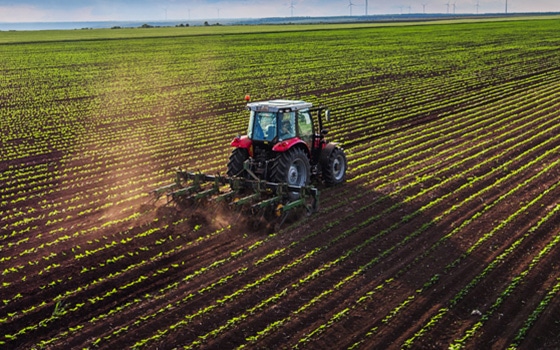-
InsightsInsight - Agriculture and Rural - POSTED: December 30 2017
Are liveries inheritance tax friendly?
There are two valuable inheritance tax (IHT) reliefs known as Agricultural Property relief (APR) and Business Property Relief (BPR). Senior Associate Emma Harris explores the differences.
- Share this article
- Print this article
-
-
There are two valuable inheritance tax (IHT) reliefs known as Agricultural Property relief (APR) and Business Property Relief (BPR).
APR reduces the charge to IHT on death on land and properties which qualify for it. APR is usually available on farm land and woodland where the land and buildings are used for the production of food and where the period of ownership meets the criteria as set by statute. APR is not usually available for land used for horse grazing but can be available for stud farms. Liveries, therefore, would not qualify for APR.
BPR again reduces the charge to IHT on death for businesses where it can be shown that the deceased had an interest in the business for at least two years preceding their death and where the business is not one of mainly holding investments.
Often when the personal representatives apply for BPR on livery businesses on death, HMRC argue that the business is one of mainly holding investments (i.e. the land the livery is run from is an investment).
This summer an appeal was taken to the First Tier Tax Tribunal on this very point and the tax payer was successful in their claim that BPR was available to the estate saving the estate 40% IHT on over £300,000 of assets.
It was established that the livery in question was a modest parcel of land at 30 acres which had around 10 horses under its care. Crucially, the livery provided various services including worming horses if the owners were not able to; providing hay feed in the winter months to the horses; growing hay for these purposes on site; removing horse manure from the fields; and undertaking a daily visual inspection of the horses and closer inspection if warranted.
The Tribunal found that the level of service provided was enough to show that the land was not held mainly as an investment and this therefore meant that the value of the business was eligible for BPR and therefore not subject to IHT.
The Tribunal were very clear to establish that each case will turn on its own facts and will need to be assessed independently to establish future applications for BPR. The key question the Tribunal thought needed to be addressed was ‘was this a business of holding investments?’ The Tribunal also agreed with the obiter dicta of Mr. Justice Deeny to the effect that if the provision of services is inconsistent or incompatible with the operation of a business of ‘holding investments’, then it is highly likely that the proper analysis is that there is no business of ‘holding investments’.
Whilst this decision is encouraging for owners of livery businesses who hope their business may qualify for BPR, it is possible that HMRC may appeal the decision. All applications for BPR will turn on their own facts and a careful analysis of any livery business and its potential eligibility should be made prior to applying for BPR.
Brachers specialise in estate and agricultural business planning, helping farming families and land based businesses plan carefully for the future. If you would like further information, please contact Emma Harris.
This article was first published in the December 2017 edition of South East Farmer.
This content is correct at time of publication
Can we help?
Take a look at our Agriculture and Rural page for useful information, resources, guidance, details of our team and how we may be able to help you
-
Get in touch
Please fill out the below form or alternatively you can call us on 01622 690691
